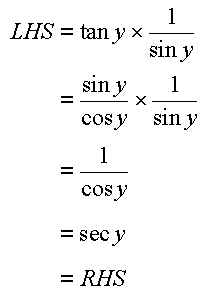Hi Everyone!
1. Problem: What is the probability of rolling a 3 on a die (plural, dice).
Solution: On a fair die (not the kind you play with in Vegas, where everything is rigged), there are six equally likely outcomes when you roll. Also, there is only one way to get a 3. By the definition of probability, P(3) = (1/6).
A permutation of a set of objects is an arrangement of the objects in certain order. For example, take the set of four objects {pepperoni, sausage, onions, mushrooms}.
They can be arranged on a pizza many different ways. Below are a few of the
ways.
pepperoni, sausage, onions, mushrooms sausage,
onions, mushrooms, pepperoni onions, mushrooms, pepperoni,
sausage mushrooms, pepperoni, sausage, onions pepperoni,
sausage, mushrooms, onions There are some more, but we won't list
them.
To find the number of different arrangements of the set we select a first
choice; there are 4 possible choices.
Now we take a second choice; there are 3 choices. Now pick a third choice; there are 2 choices.
Finally, there is 1 choice for the last selection. Thus, there are 4
* 3 * 2 * 1 or 24 different ordered arrangements of the toppings.
This product can also be written as 4! (read: 4-factorial).
The total number of permutations of a set of n objects is given
by n!. Example:
1. Problem: 5!
Solution: 5 * 4 * 3 * 2 * 1
120
When you have a set
of objects and only want to arrange part of them, you have a permutation of
n objects r at a time.
For example, if you have 6 toppings for a pizza, and a customer calls and tells you to put any 3 toppings on the pizza, you might want to know how many different pizzas you can make. You can select the first topping in 6 ways, the second in 5, and the third in 4. As we learned above, this can be written as 6 * 5 * 4. There is a theorem that tells us about a formula for the situation above. It says the number of permutations of a set of n objects taken r at a time is given by
the following formula: nPr = (n!)/(n - r)!.
Example:
2. Problem: If a school has lockers with
50 numbers on each combination
lock, how many possible
combinations using three
numbers are there.
Solution: Recognize that n, or the number
of objects is 50 and that r, or
the number of objects taken at one time is
3. Plug those numbers in the permutation
formula.
50!
50P3 = --------
(50 - 3)!
Use a calculator to find the
final answer.
117600
Things are immensely simplified when you can repeat the objects. For example, if you are making license plates with only 4 letters on them, and you can repeat the letters, you can take the first letter from 26 options, the same for the second, third, and fourth. Therefore, there are 264 or 456976 available
license plates using 4 letters if you can repeat letters. There is a special
theorem that tells us the number of arrangements of n objects taken
r at a time, with repetition is given by nr.
Example:
3. Problem: How many 4 digit license plates
can you make using the numbers from
0 to 9 while allowing
repetitions.
Solution: Realize there are 10 objects
taken 4 at a time. Plug that
information into the formula for
repeated use.
104
10000






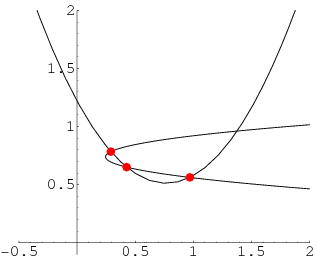
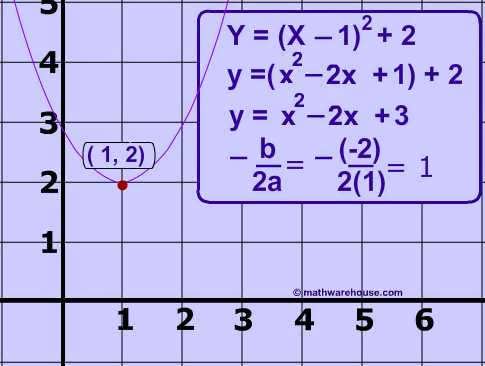
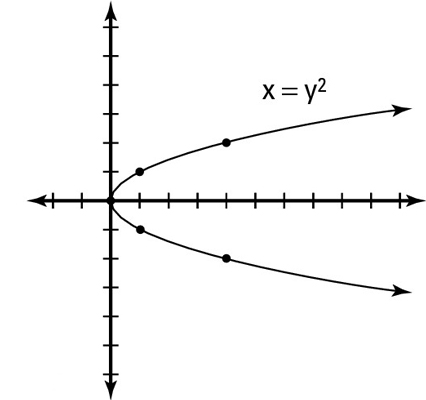
















 .
.
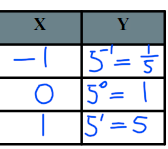



 and then move all the points to the right by 3, resulting in the end of your question. I hope you all got it.
and then move all the points to the right by 3, resulting in the end of your question. I hope you all got it. 



